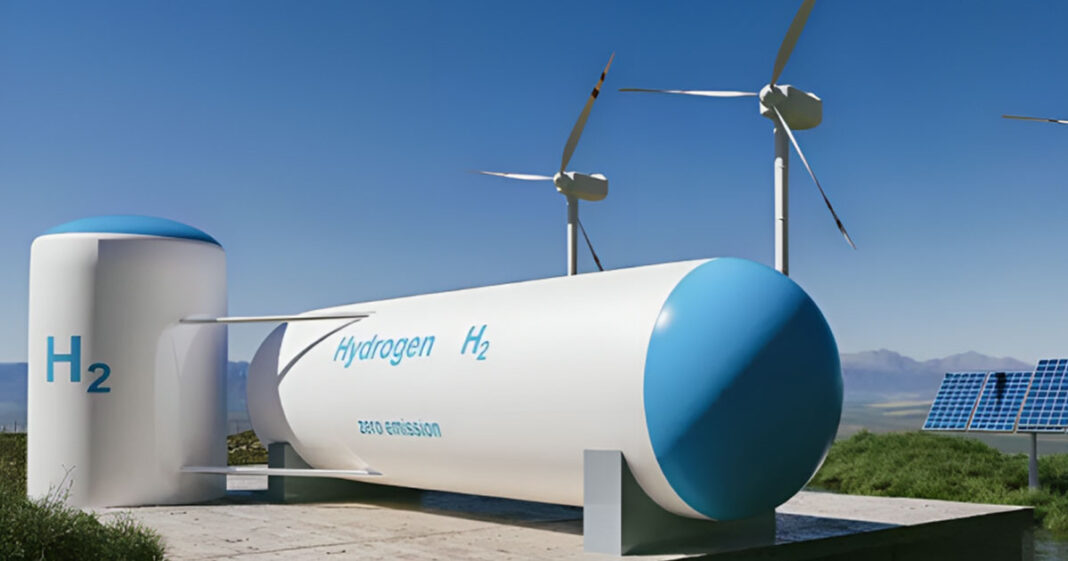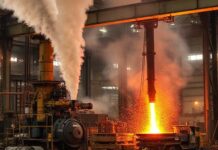JSW Energy is embarking on India’s largest commercial-scale green hydrogen project, marking a pivotal moment in the company’s expansion into the renewable energy market. This ambitious venture includes a significant partnership with JSW Steel Ltd, as formalised through a memorandum of understanding (MoU) to supply green hydrogen and green oxygen. This collaboration is set to position JSW Steel as the first company in India to produce green steel, revolutionising the nation’s steel industry by integrating sustainable practices.
The MoU stipulates that JSW Energy will initially supply 3,800 tonnes of green hydrogen per annum to JSW Steel, alongside green oxygen. By 2030, the annual supply is projected to increase dramatically, with an additional 85,000-90,000 tonnes of green hydrogen and 720,000 tonnes of green oxygen. This substantial increase underscores the commitment to a long-term partnership focused on sustainability and innovation.
The green hydrogen and oxygen produced by JSW Energy will primarily serve the group’s captive requirements, facilitating JSW Steel’s venture into green steel manufacturing. This initiative is expected to significantly reduce carbon emissions and promote cleaner production processes within the steel industry. The project is slated to be operational by the end of 2025, signalling a swift advancement towards a more sustainable energy landscape.
In a parallel initiative, JSW Energy is also engaged in constructing a massive Battery Energy Storage Project (BESS) as part of its strategy to establish a robust electric vehicle ecosystem in India. Awarded by the Solar Energy Corporation of India (SECI), this project comprises two installations, each boasting a storage capacity of 500 MWh, capable of storing energy for two hours per cycle. This BESS project will be developed under a Build Own Operate and Transfer (BOOT) mechanism, with the assets being transferred after 12 years.
These strategic initiatives reflect JSW Energy’s commitment to pioneering sustainable energy solutions and advancing India’s transition to a low-carbon economy.





